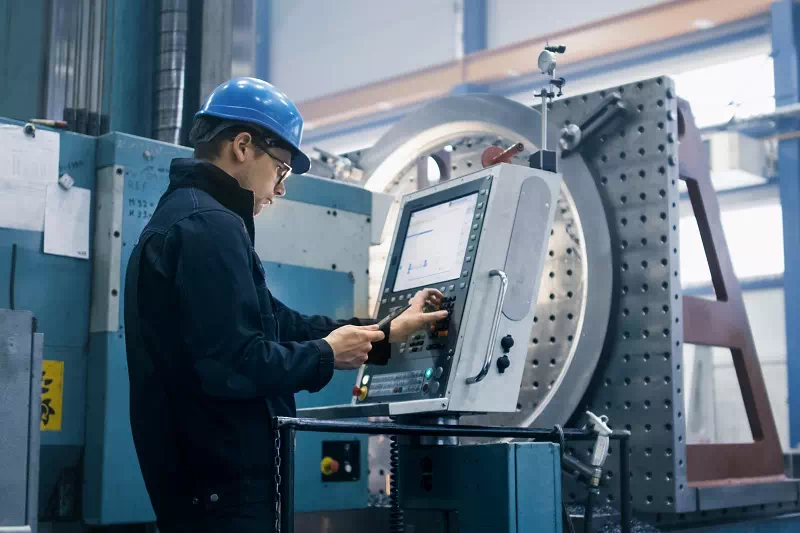What should be the correct cutting parameters?
Numerically controlled devices allow for very precise processing of materials, for example machining. To achieve the desired effect, we must choose the right tools and introduce the correct cutting parameters into the computer. There are no universal recommendations for choosing optimal cutting parameters for all types of machining and tools, but there are some universal tips.
The main cutting parameters. Initial values and correction during trials.
The main machining parameters are speed, feed per rotation and depth of cutting. The tool manufacturer gives them in its catalogs. As a starting value, average values should be taken and corrected during tests, taking into account the manufacturer's recommendations for entering and exiting the workpiece. Cutting parameters must be verified during testing, because too low or too high values can not only have a direct impact on the quality of machining. They can also affect the tools themselves or the entire production process.
The effect of cutting parameters on the machining process
If the cutting speed is too low, we are dealing with the formation of growths on tool blades, which in turn negatively affect the quality of the treated surfaces. When the speed is too high, the application surface will wear out quickly, plastic deformations may appear. Machining then becomes uneconomical. Gains can also arise with too low feed per revolution. If, in turn, this parameter is too high, welding or improper chip breaking may occur, the machine tool will need more power. We also encounter increased power demand at too much depth of cutting.





